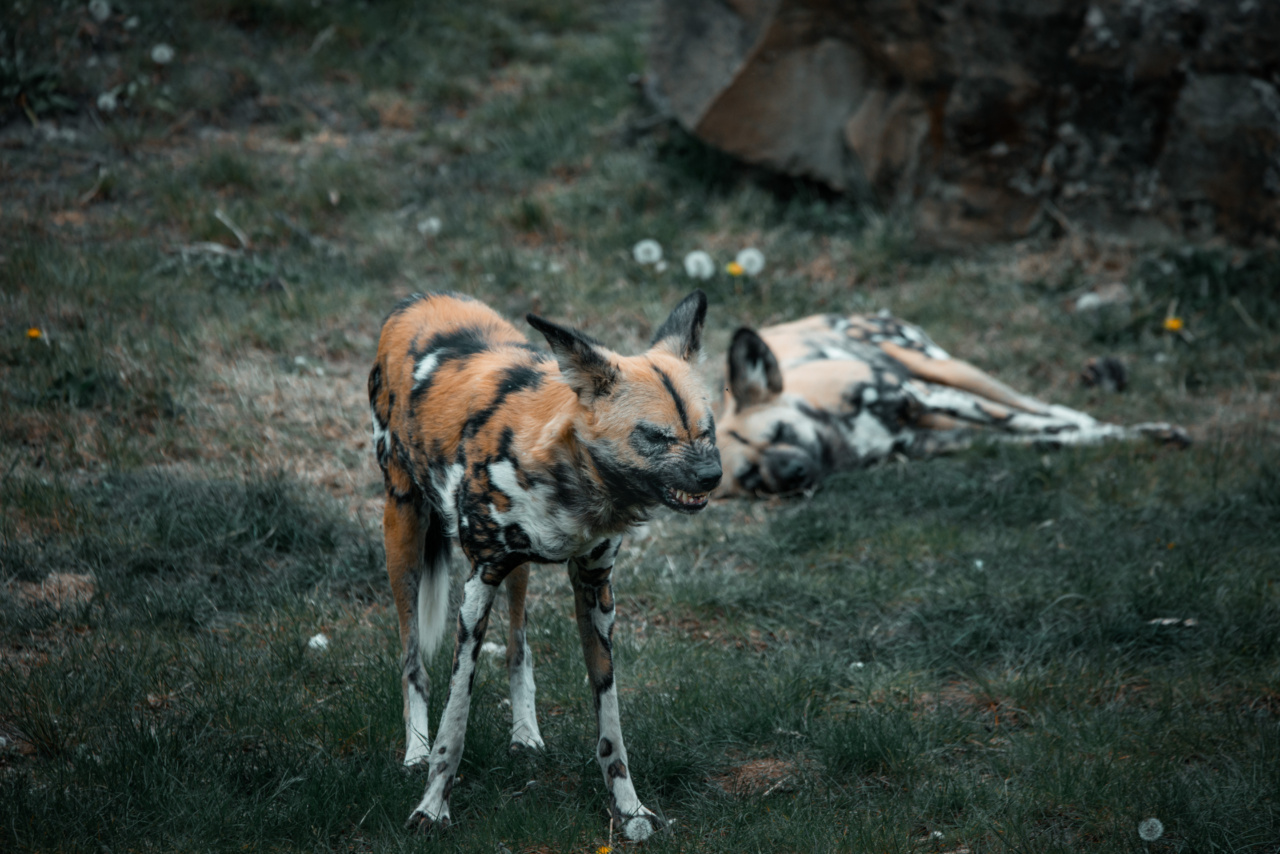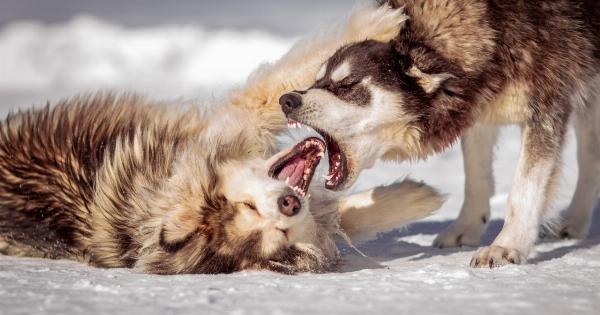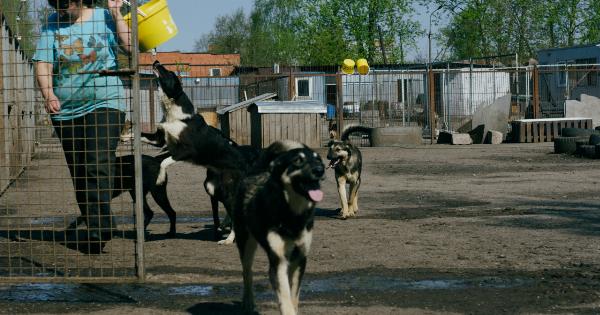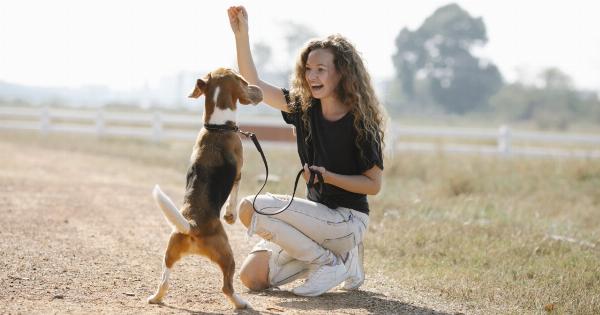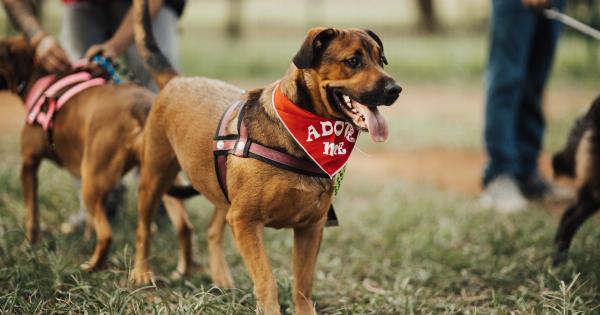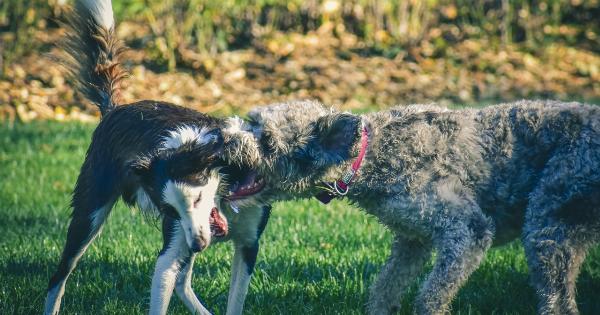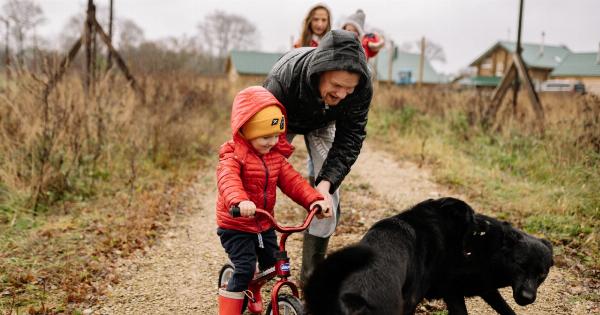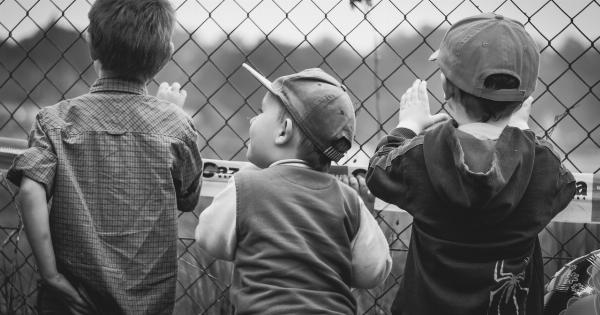Dog aggression is a concerning behavior that can not only put humans and other animals at risk, but can also jeopardize a dog’s quality of life.
It is essential for dog owners and enthusiasts to gain a thorough understanding of aggression in dogs, its various forms, and the underlying causes. By understanding the truth behind the snarl, one can approach this issue with empathy, knowledge, and appropriate training techniques.
Types of Dog Aggression
1. Reactive Aggression: Dogs displaying reactive aggression tend to become agitated and lunge or bark aggressively in response to specific stimuli, such as other dogs or unfamiliar people.
2. Protective Aggression: Dogs exhibiting protective aggression perceive a threat to their territory or their owners. They may growl, snap, or bite when they feel their territory is being invaded.
3. Fear Aggression: Fear aggression arises from a dog’s fear of a certain person, object, or situation. The dog’s instinctual response is to display aggression as a defense mechanism.
4. Redirected Aggression: Redirected aggression occurs when a dog cannot act upon its primary target, so it redirects its aggression towards another target, often resulting in aggression towards humans or other animals.
5. Dominance Aggression: Dogs showing dominance aggression try to assert their dominance over other animals or humans by growling, snapping, or biting. This type of aggression is often seen in untrained or poorly socialized dogs.
Causes of Dog Aggression
1. Lack of Socialization: Dogs that have not been adequately socialized during their early development stages may exhibit aggression due to fear or uncertainty when encountering new people, animals, or environments.
2. Past Traumatic Experiences: Dogs that have experienced trauma, abuse, or neglect in the past are more prone to develop aggression as a defense mechanism.
3. Pain or Medical Issues: Dogs experiencing pain or discomfort due to an underlying medical condition may react aggressively to avoid further distress.
4. Resource Guarding: Dogs may display aggression when they feel their resources, such as food, toys, or sleeping areas, are being threatened or taken away.
5. Genetic Factors: Certain breeds may have a predisposition towards aggression due to their genetic makeup. However, it is important to note that aggression is not solely determined by breed.
Recognizing Early Warning Signs
1. Stiff Body Language: Dogs displaying aggression often exhibit a tensed, stiff body with raised hackles, indicating their readiness to attack.
2. Intense Staring: Aggressive dogs may maintain a fixed and intense stare, signaling their intent to assert dominance or initiate an attack.
3. Growling and Snarling: Audible growling or snarling is a clear sign of aggression and should never be ignored.
4. Showing Teeth: Dogs baring their teeth, often accompanied by a curled lip, are issuing a warning and should not be approached.
5. Freezing: When faced with a threatening situation, some dogs may freeze momentarily before deciding whether to retreat or attack.
Dealing with Dog Aggression
1. Consult a Professional: If your dog displays aggression, it is crucial to seek guidance from a professional dog behaviorist or trainer who specializes in aggression management.
2. Positive Reinforcement Training: Using reward-based training methods can help redirect your dog’s focus and reinforce desirable behaviors while discouraging aggression.
3. Socialization: Gradual exposure to various people, animals, and environments can help reduce fear, anxiety, and aggression in dogs.
4. Medical Evaluation: Visit a veterinarian to rule out any underlying medical conditions that may contribute to your dog’s aggression.
5. Creating a Safe Environment: Manage your dog’s environment to prevent situations that trigger aggression, such as keeping your dog secured on a leash and avoiding known triggers.
The Importance of Patience and Understanding
Dealing with dog aggression requires patience, consistency, and understanding. It is essential to remember that aggression is a complex behavior with multiple underlying causes.
By adopting a compassionate and well-informed approach, dog owners can work towards promoting positive change and helping their dogs overcome aggression.
